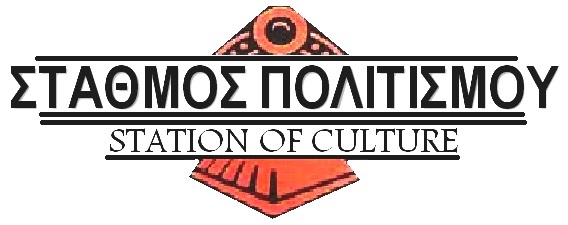Task Force for Voluntary Carbon – what is the story? Why is CTX ‘invisible’?
I will start by saying I am still hoping this will be positive.
But, the feedback from the Taskforce ‘Final Report’ and it’s ‘release to the world’ via the World Economic Forum (WEF) yesterday, has received very mixed reviews. Most of the parties who gave input, or are named in some way, seem to have had little or no influence on the actual content. And few, if any, had actually seen it until less than two hours prior to the public event. It has been an interesting and often painful process, to ‘engage’ with this Taskforce, which I have done to the best of my ability. Like many involved, I now wonder how many of the outcomes were pre-ordained, given the speed with which ‘information’ and ‘feedback’ from so many parties, was supposedly reviewed (by whom?) and compiled into a report, and why the documents presented at the 6th January event for feedback, mirror almost exactly those in the final report?
Putting my own ego and that of CTX aside, what do the outcomes really look like in their FINAL report? Could this prove to be a positive or a negative impact on the market we love and care for today?
Well, the reality is that, from not knowing we existed (is it possible McKinsey do not have Google?), the Taskforce continue to pretend we do not exist, and instead, they ultimately describe the CTX platform and its ‘connections’ to the existing, legitimate Voluntary Carbon Market standards/registries perfectly.
When in fact, we tick all the boxes!
From the ‘Know Your Customer’ (KYC) and ‘Anti Money Laundering’ (AML) checks we already do, to the certification of projects, the Registry third-party verification of eligible credits, the listing on the CTX eXchange, to the electronic, low-cost trading and delivery of money and credits. We remove the counterparty risk, double counting, and with transparent pricing, which the Taskforce say is needed, operate an open market model based on seller-buyer supply and demand.
In addition Global Environmental Markets (GEM) Carbon Registry technology also gets ‘The Nod’, as it underpins a centralised National Carbon Market (which is fundamental under the Paris Agreement that the Taskforce appears to ignore), and provides the already existing links to CTX to the Global Market that they foresee. Huge volumes, across multiple credit types are exactly what GEM Registry technology can and will deliver, either Voluntary, Compliance credits or Paris Agreement ITMOs, all linked to CTX for instant listing and trading.
Here are the positives:
1. CTX already deliver many of the stated, market-based objectives, as do its strategic ‘partners’ for credit issuance – UNFCCC CDM (CER), Gold Standard (VER) and VERRA VCS (VCU).
2. In fact, based on the 20 ‘Recommended Actions’ CTX and/or its partners already deliver the majority, and are supporting of the rest, other than some concerns outlined below.
3. GEM has already built National Carbon (ITMO) Registry technology that is also Paris Agreement compliant.
So where are the challenges:
1. First, is their desire (perhaps fixation) for commoditisation. Personally, I fail to see how this can work beyond a narrow, renewable sector at best. Perhaps fossil fuel companies want to ‘flip’ U.S. renewables from RECs into new carbon credits? An indexed, virtual credit has no place in reality in today’s diverse market. BUT when it does, YOU tell us what it should look like and we will create it – as early as next month (if you tell me it’s important).
2. The second is potentially more Machiavellian, the undermining of the ‘credibility’ of the existing Credit Standards, and the proposed appointment of a new centralised ‘commercial’ body to certify credits, projects and methodologies. Effectively claiming the high ground over UNFCCC CDM, Gold Standard and Verra VCS, appearing to replace these bodies.
The body overseeing this would be a NEW ‘umbrella body’, overseeing everything to do with this ‘new market’?!
3. The third is the insistence of the removal of any ‘non-standardised contracts’, such as the contracts regularly traded on CTX, by most of you and traded every day. Existing charismatic credits would potentially only be allowed via OTC trades.
So, according to the TSVCM, it could be back to the dark ‘Grey Market’ ages of the large OTC brokers controlling the market and its prices for buyers and sellers, unless you ‘comply’ with the commoditisation?
To me this sounds like the OTC Broker sector is breathing its last breath, using their long gained economic power from gouging both sides of the market to manipulate a new world order of carbon? Tell me if you see it another way please – link to email below.
Given how high profile this has now become, especially with the involvement of the WEF and with Bill Gates on the Panel, it is of supreme importance to CTX and our clients to influence the shape of the market for the future. We are struggling to find any acknowledgement of our work over the past 12 years, especially given the unique industry we operate in and the challenges it brings, such as interfacing with Westpac in 2010
https://www.westpac.com.au/about-westpac/media/media-releases/2010/12-october-2010/
https://www.eco-business.com/news/westpac-banker-carbon-trade-exchange/
or the groundbreaking interface with UNFCCC CDM,
also invisible in the report, in 2017
https://unfccc.int/news/unfccc-ctx-climate-finance-link-goes-live
https://www.eco-business.com/news/westpac-banker-carbon-trade-exchange/
or the groundbreaking interface with UNFCCC CDM,
also invisible in the report, in 2017
https://unfccc.int/news/unfccc-ctx-climate-finance-link-goes-live
CTX and GEM are here, growing and ready for the future.
Wayne Sharpe, CEO and Founder
Give us your feedback via CTXtaskforce@ctxglobal.com We GUARANTEE it will be read, listened to and passed on – even to those who may not want to hear it.
The comments in this announcement are the private views of Wayne Sharpe and are not to be construed as the formal opinions of the company.
Article and photo source: Press Release / Newsletter

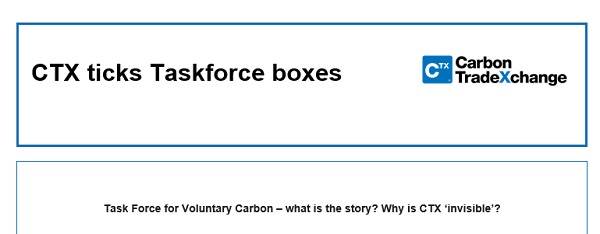

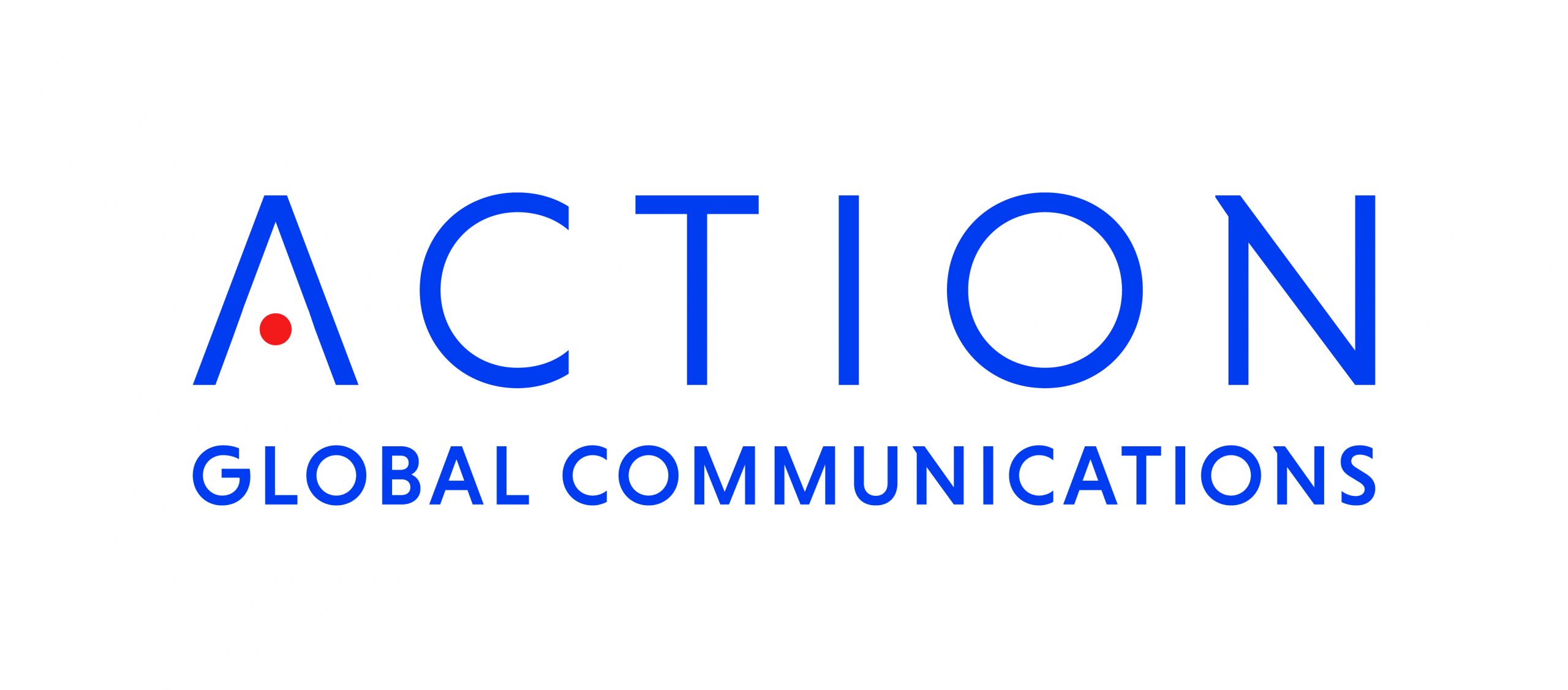











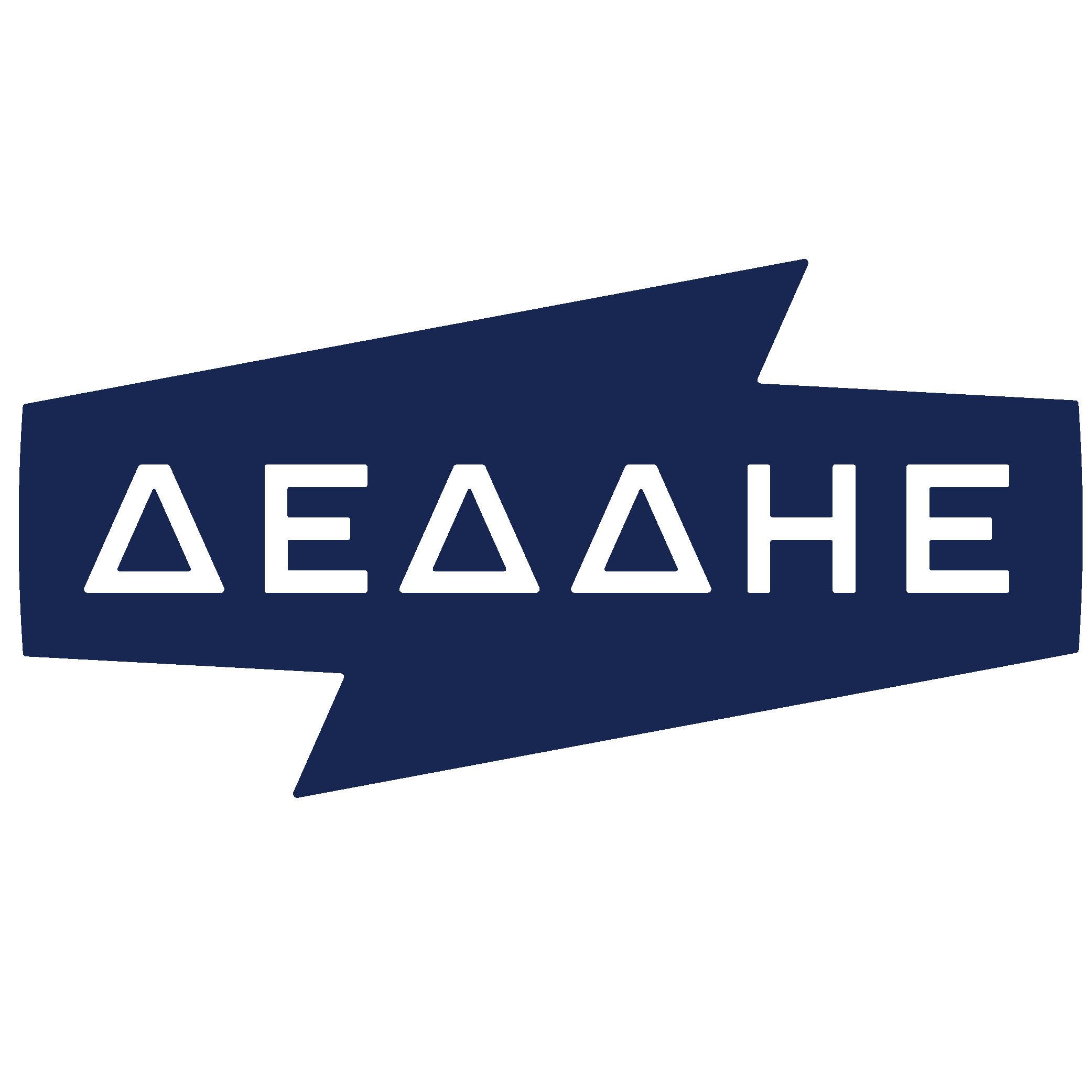






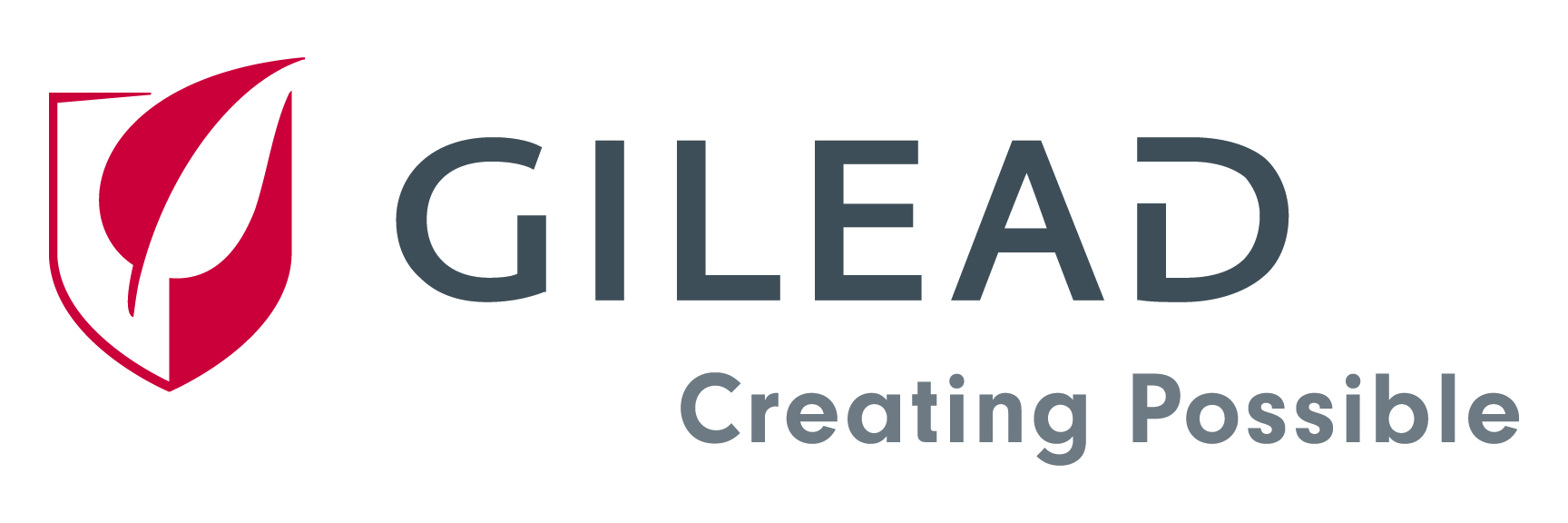



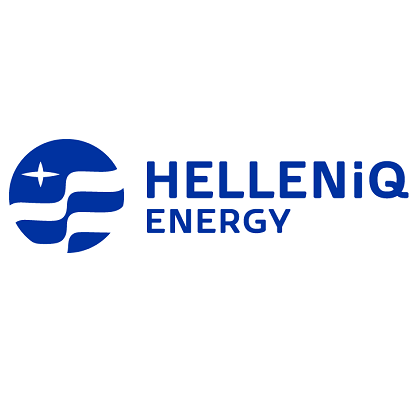

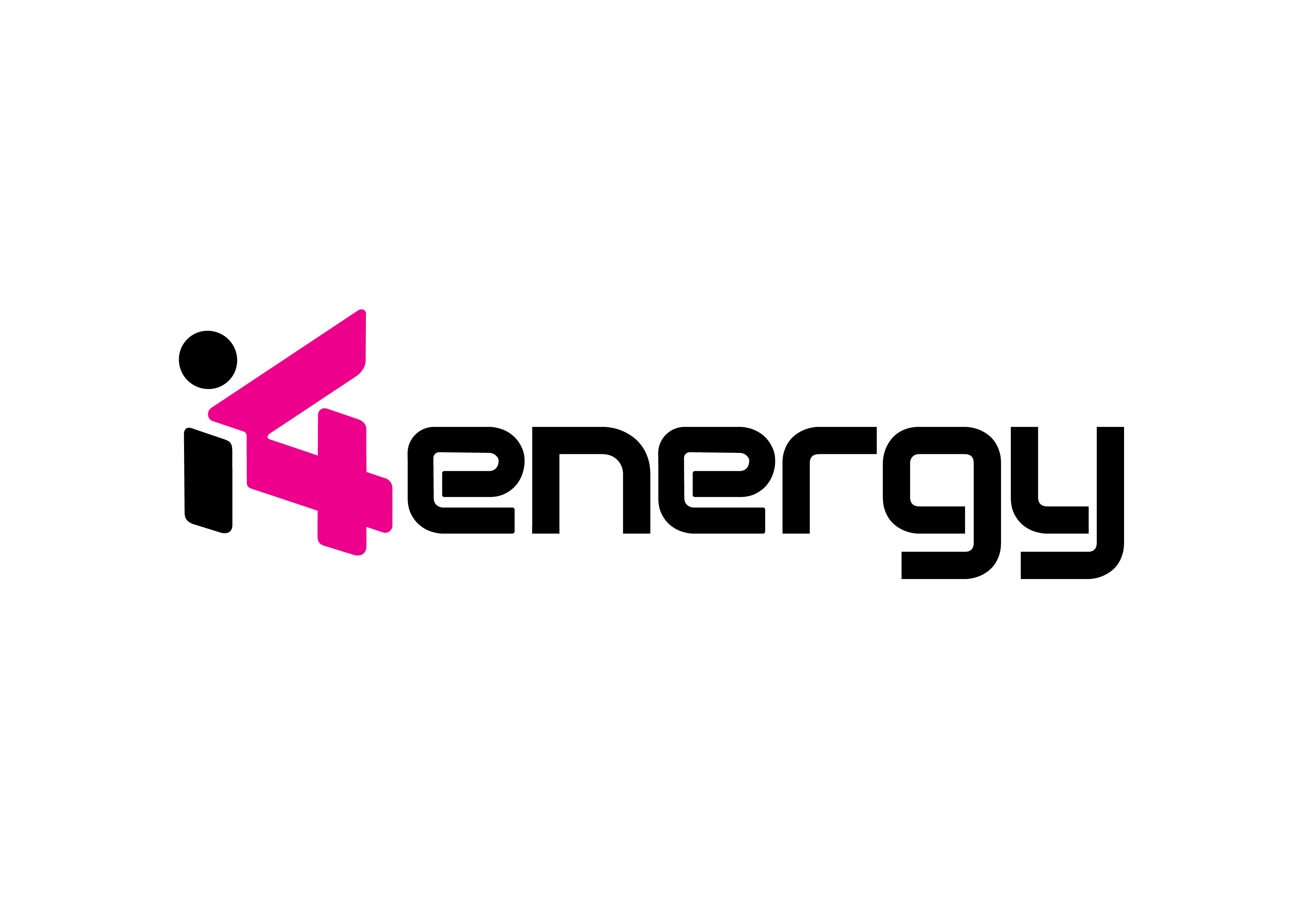

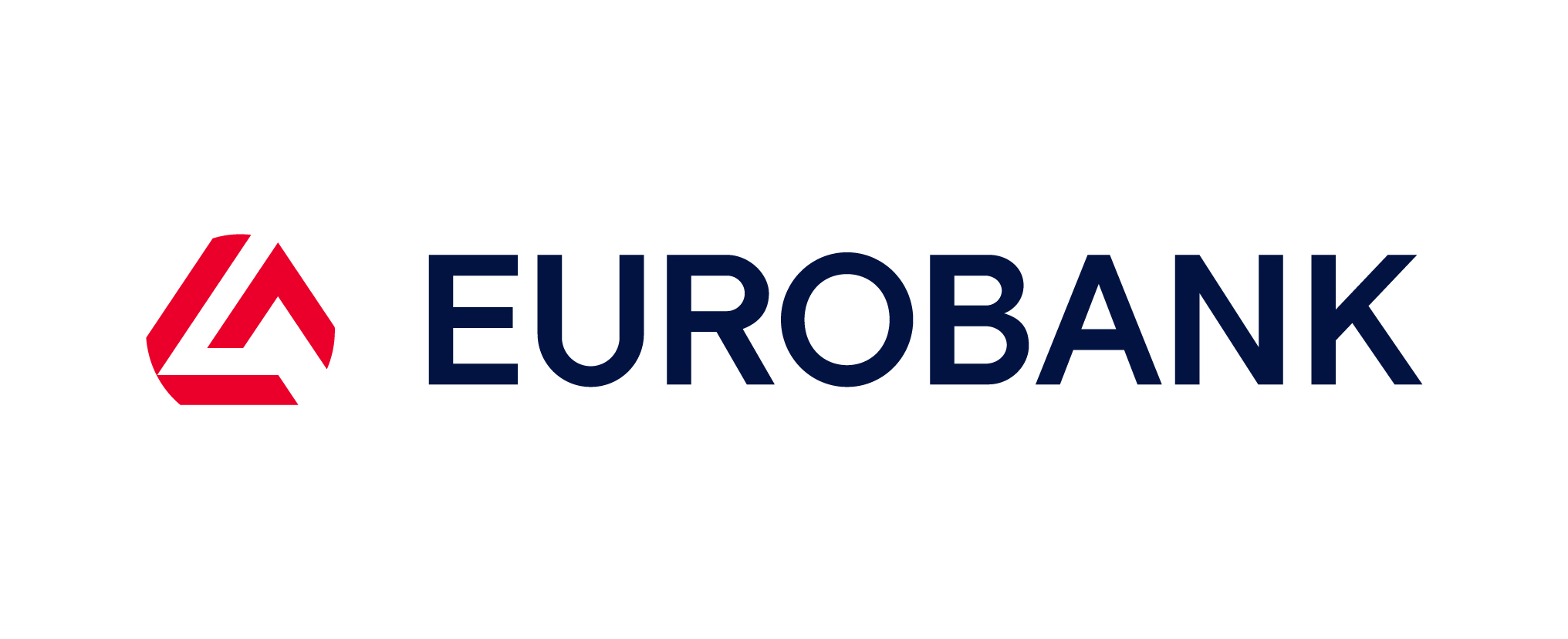

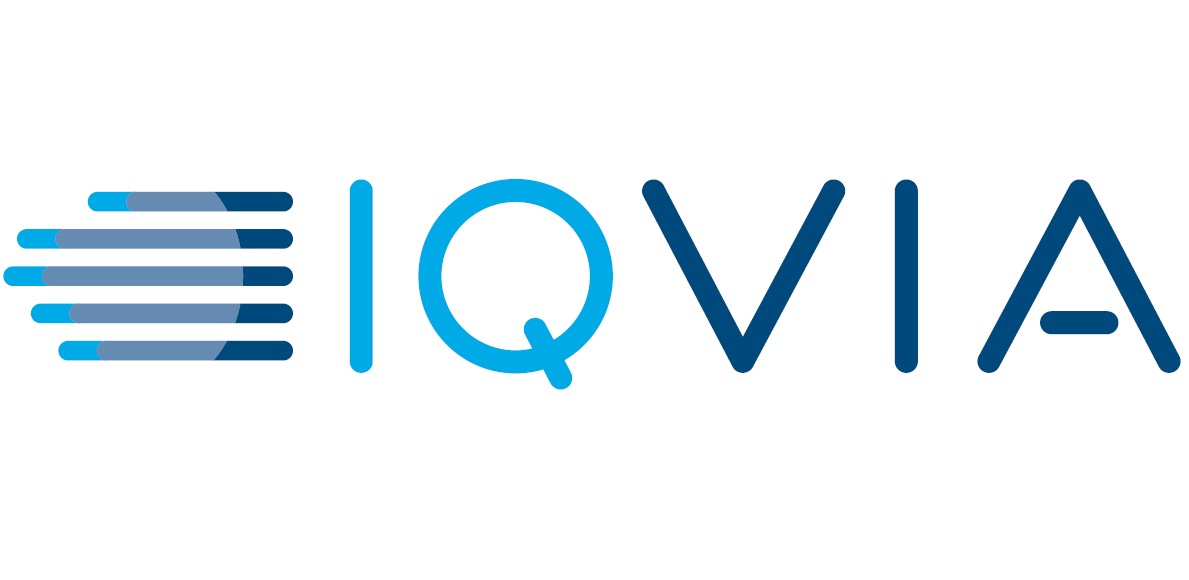



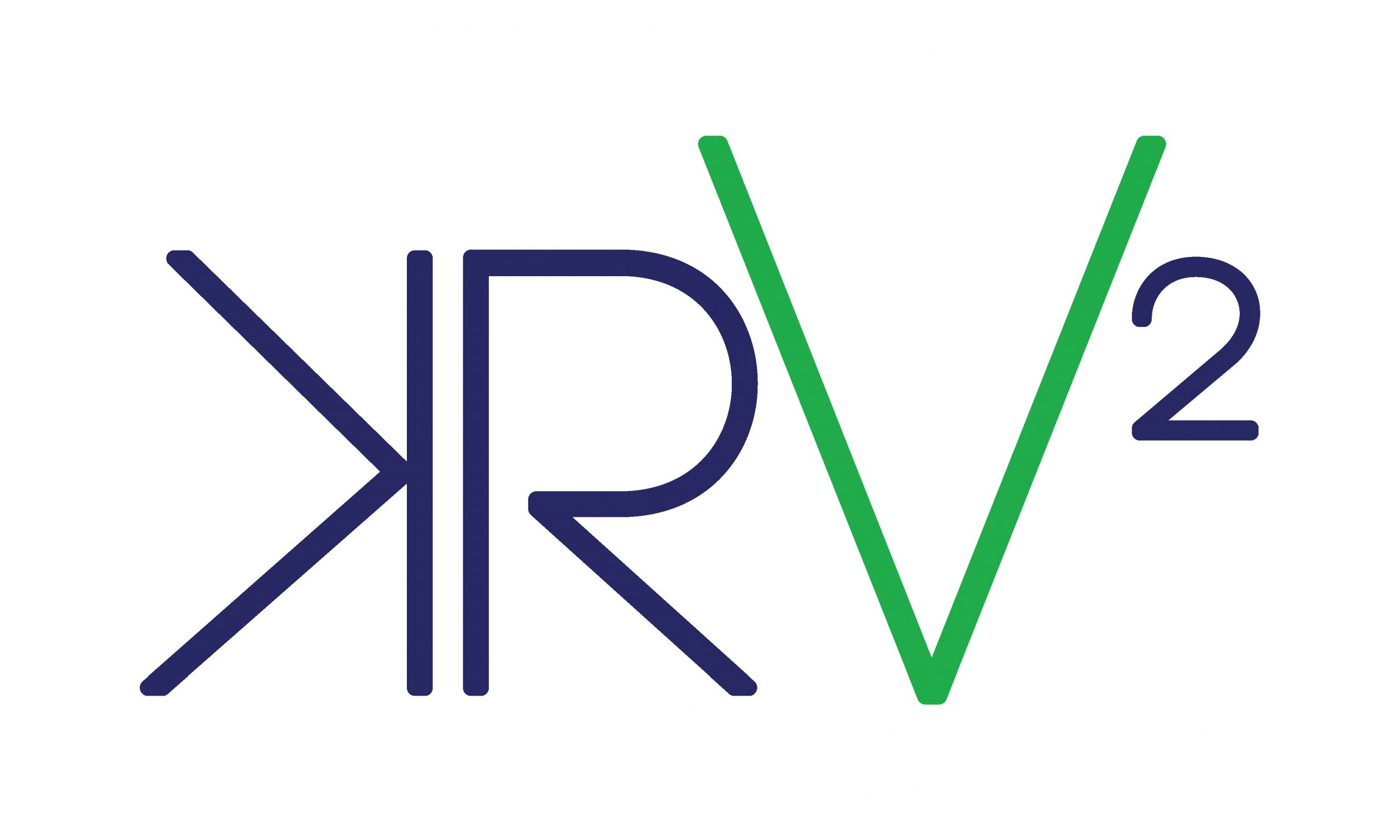

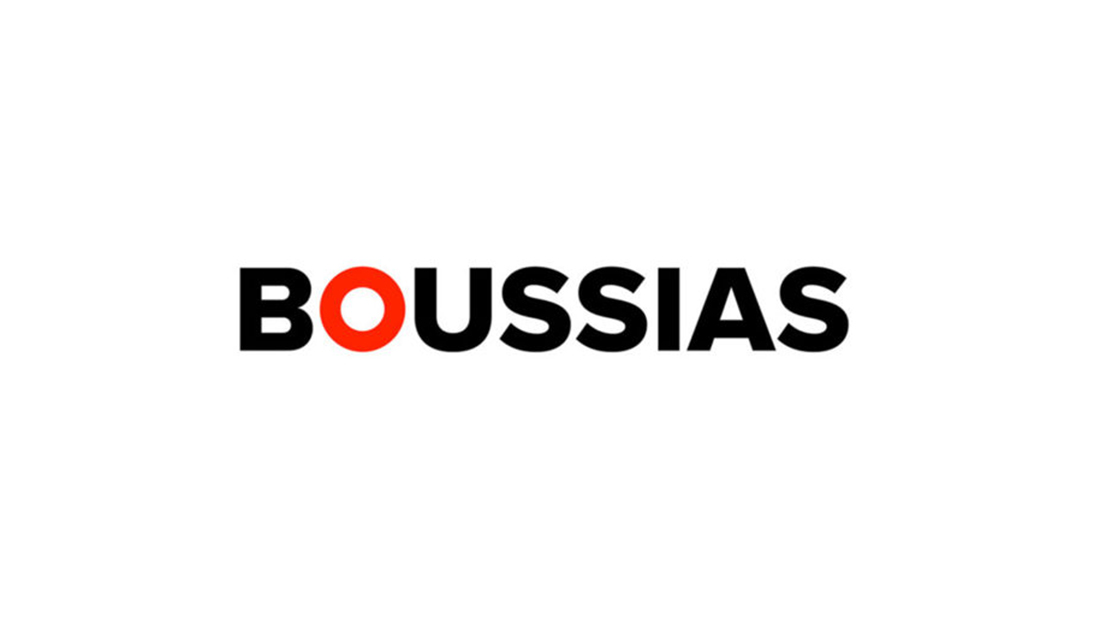




1.jpg)

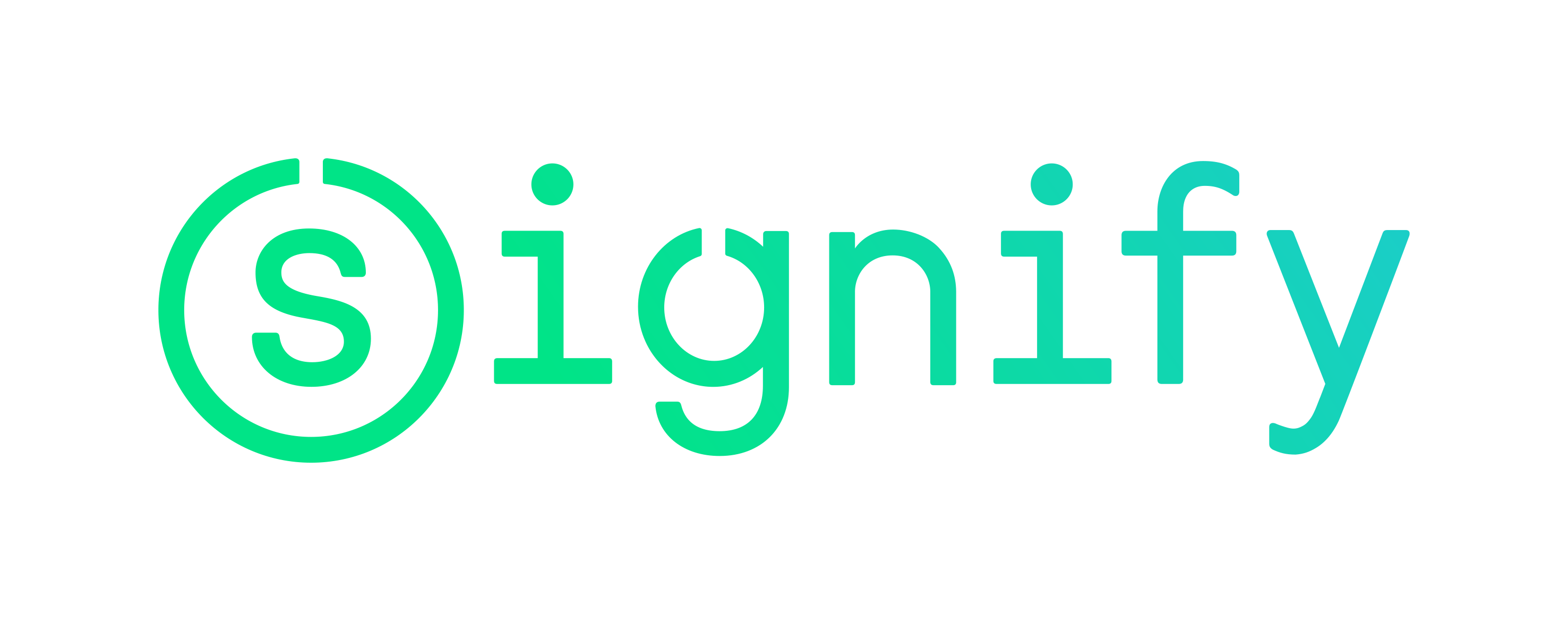



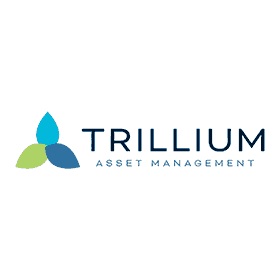

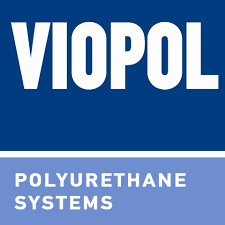

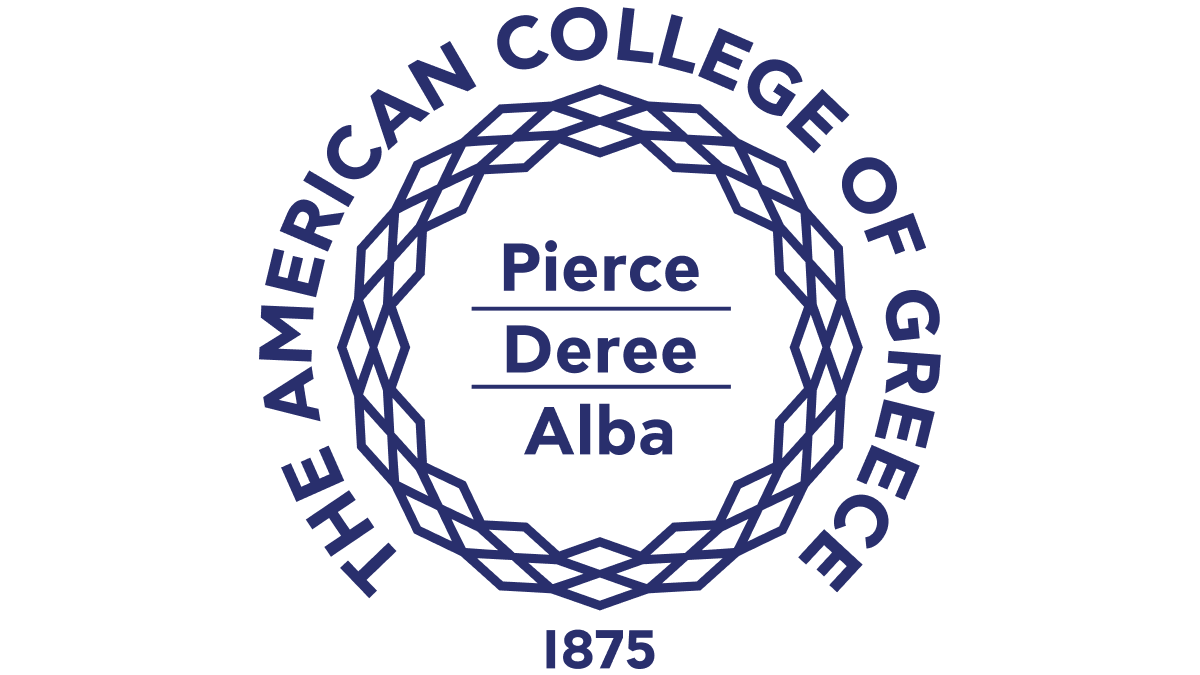




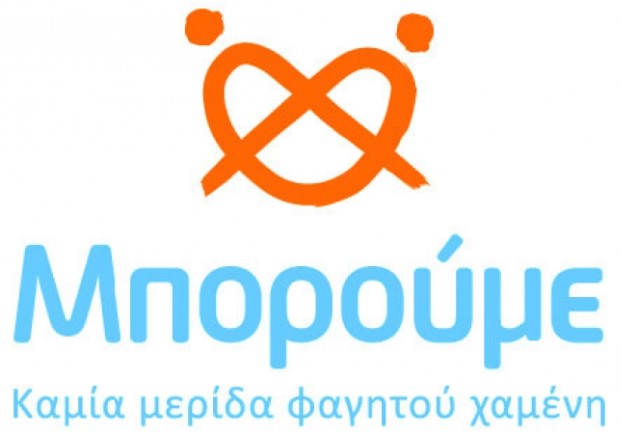




.jpg)
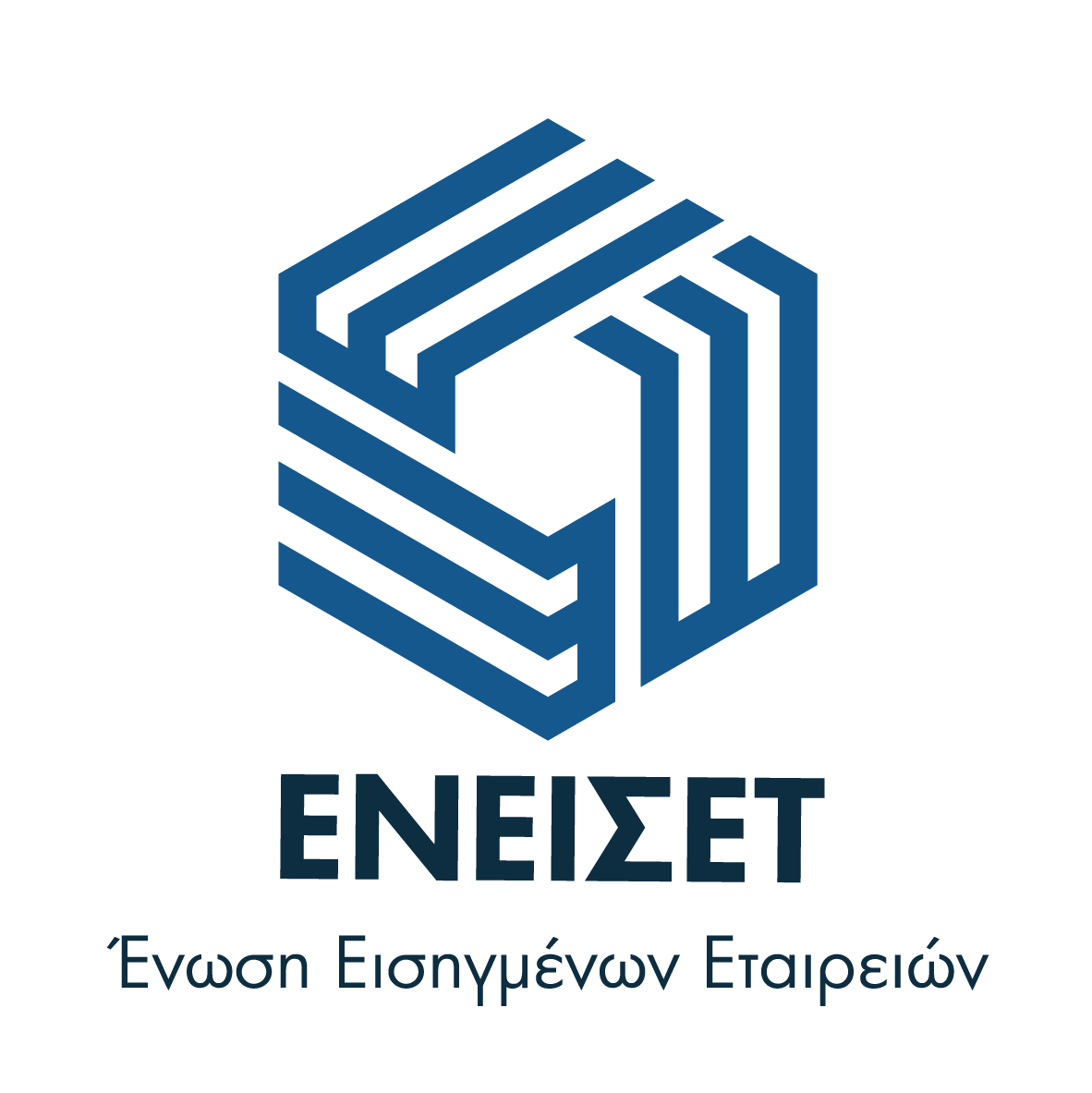



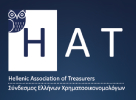
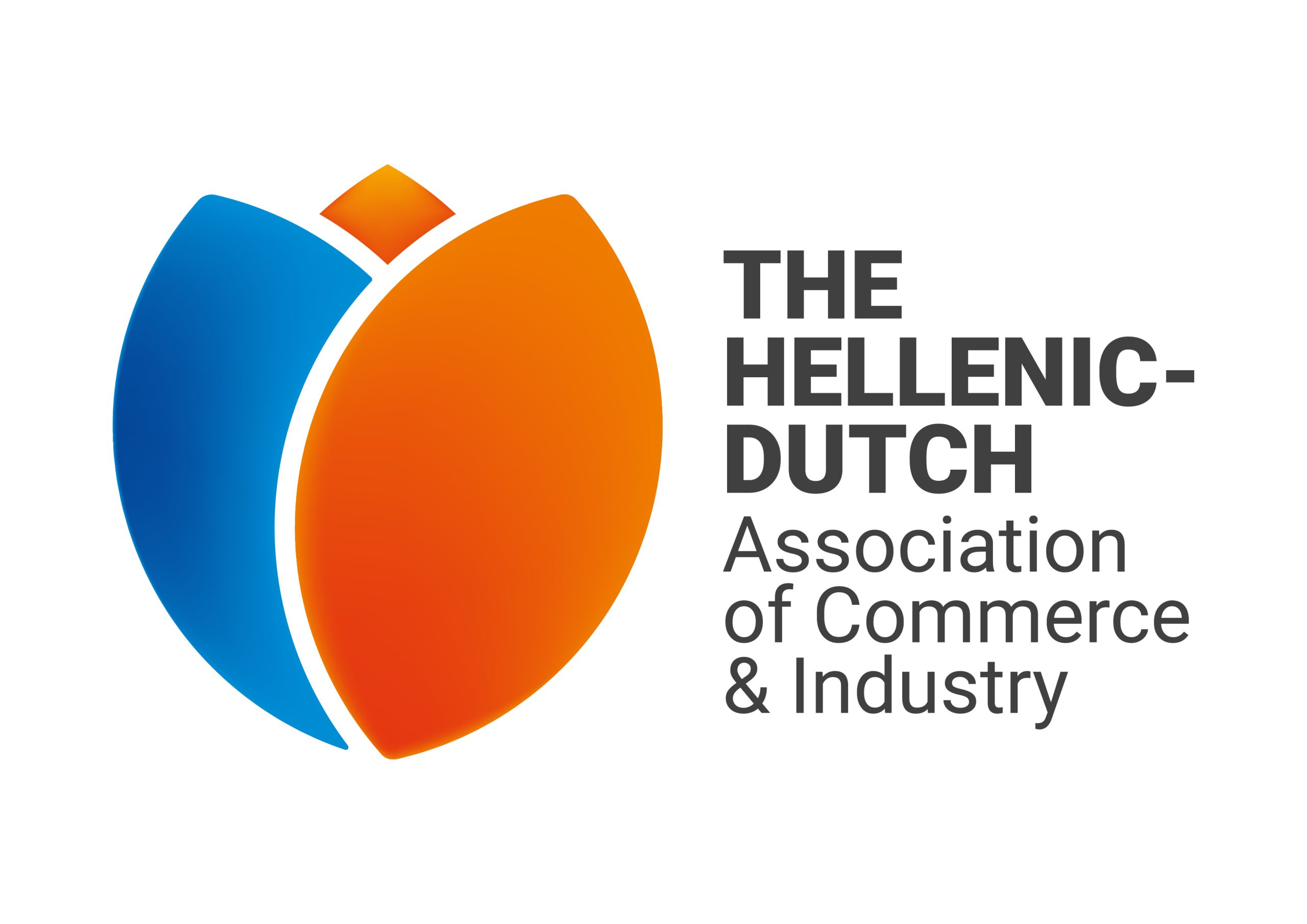
.jpg)



_.jpg)
.jpg)





